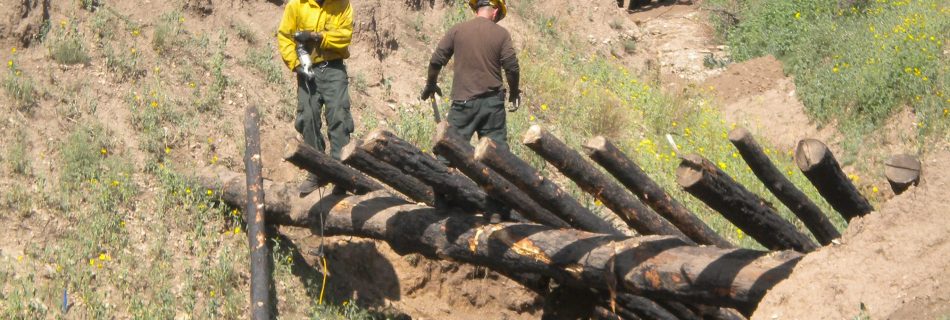May 15, 2013: The Structure of Fire Size Distributions: A Broad View of Interacting Gradients in Wilderness Management, Spatial Climate, and Topography in Three Western Regions
Presenter: Sandra Haire, Haire Laboratory for Landscape Ecology Determining the effects of land management on fire regime characteristics is complicated by the interaction of several factors that vary in space and time. First, fire size and frequency are linked to climate conditions, including drought, as well as wind and temperature that define weather conditions during …

